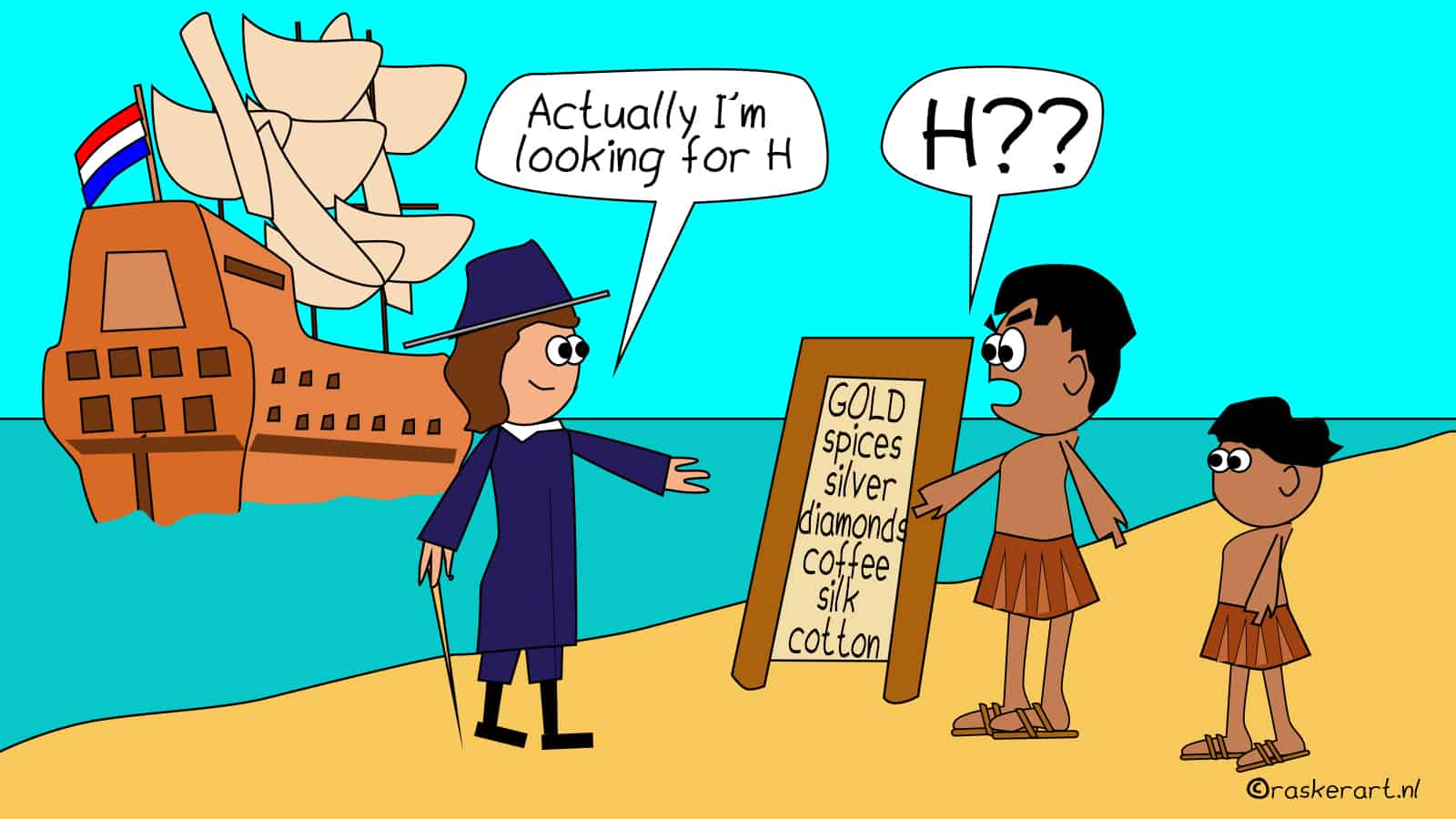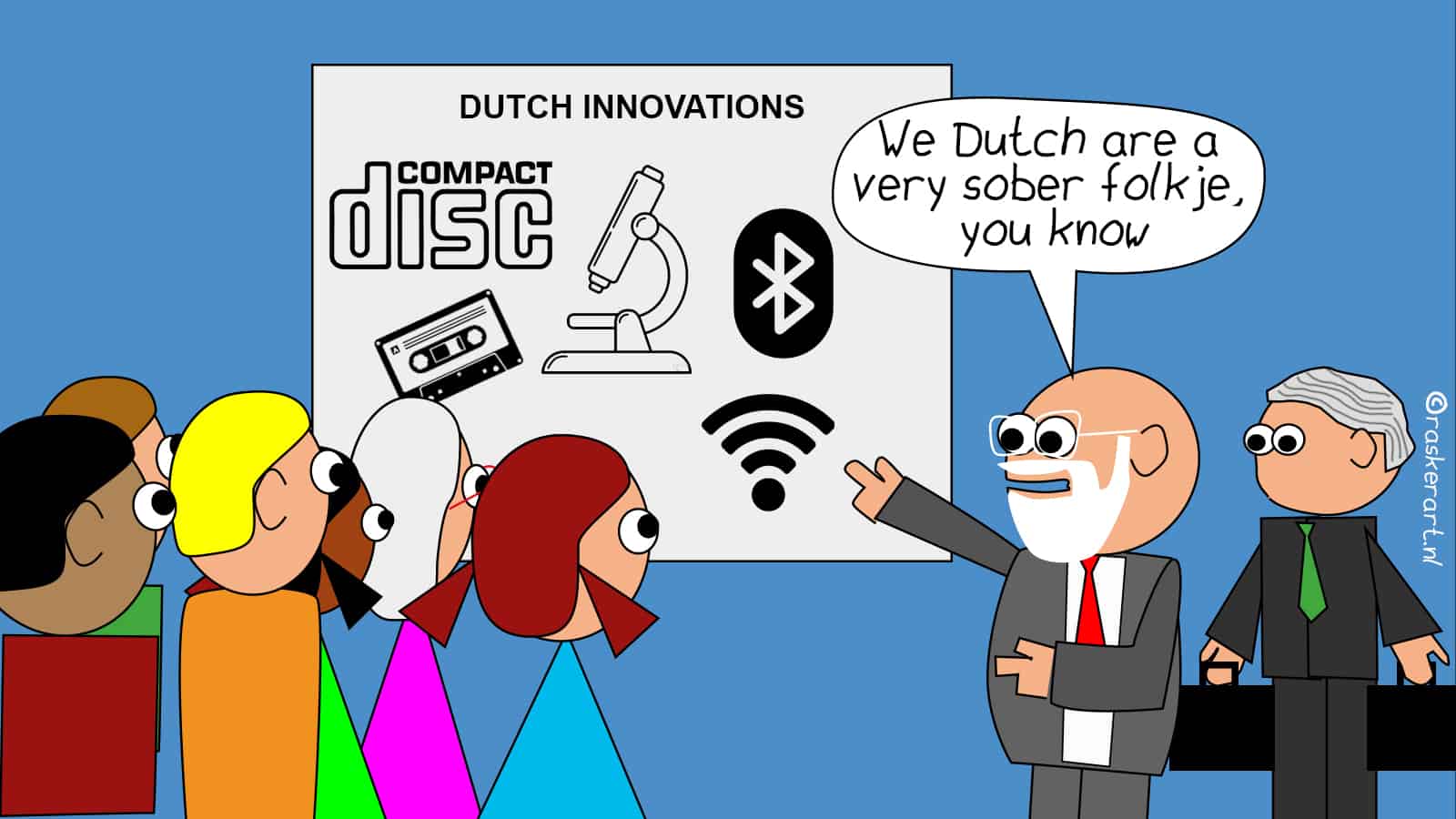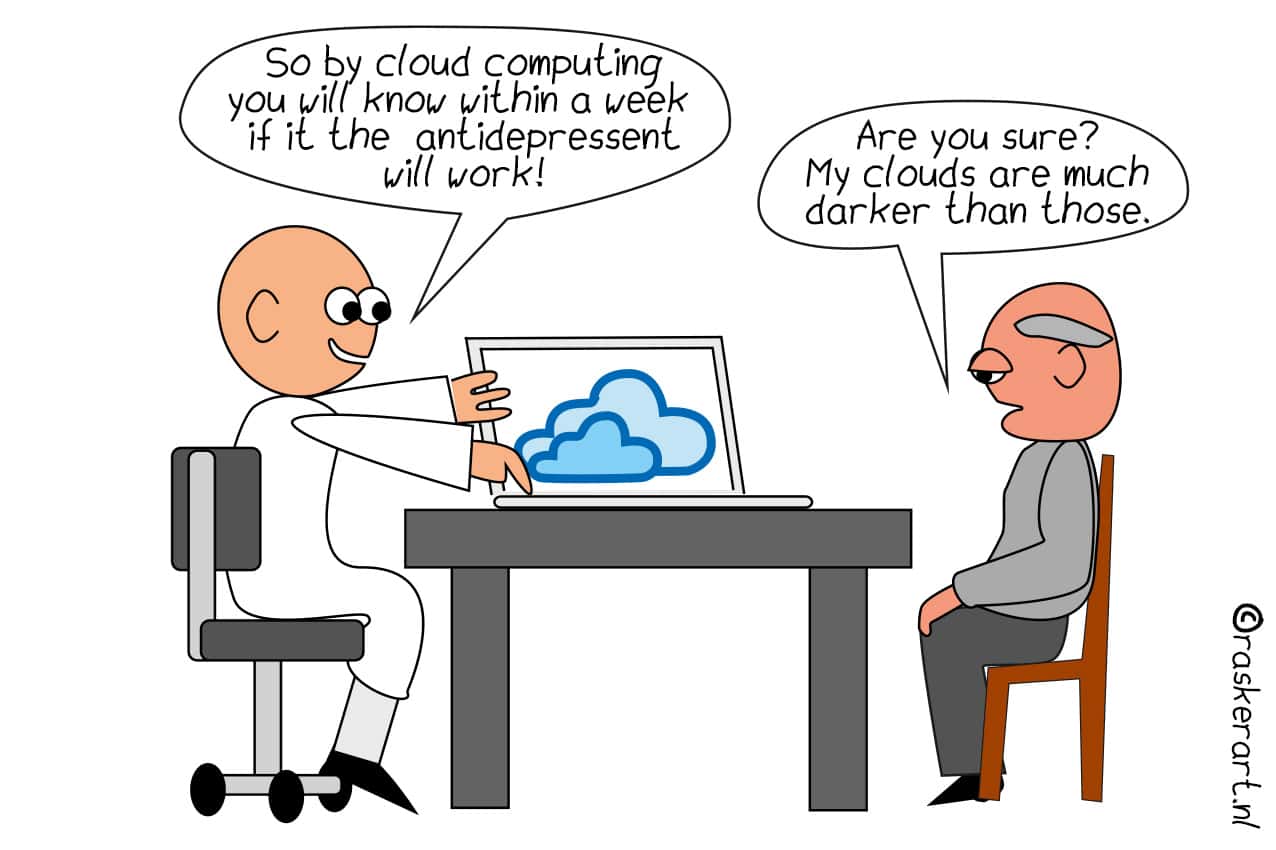
In our weekly recap on Sunday, we as editors look back at the past seven days. We do this at the suggestion of our cartoonist Albert Jan Rasker. He chooses a subject, makes a drawing, and we take it from there. What were we talking about in the newsroom? What other topics caught our eye? How do we actually work at Innovation Origins? Everything can come by. If you also want this newsletter straight to your inbox every Sunday morning, just subscribe here.
In clicks, it was last week’s number 2 (just behind Maurits Kuypers’ remarkable overview story on Dresden as the heart of the German chip industry), but in terms of impact, Albert Jan Rasker’s choice does have the week’s top spot. The analysis that data journalist Jelmer Visser made of the heat islands in the Dutch city of Enschede is also the beginning of more insights. His story deals at the street level with the consequences of too much heat in the urban environment.
We see in the weather forecast that at some points it will be hotter than 35 degrees, and we think that’s already extreme. But nobody realizes that 35 degrees can also translate into over 50 degrees above the asphalt. And not in one exceptional place, but in various locations in every city of the Netherlands. Specifically, in Jelmer’s story: on August 12, the day that the maximum temperature officially stood at 32 degrees, it became no less than 54.8 degrees Celsius in the courtyard of the Enschede-based car tire manufacturer Apollo-Vredestein. Let that sink in for a moment.
Coincidentally, last week we also had the column of the Eindhoven alderman Rik Thijs, who argued in his piece for more greenery in the city precisely for these reasons. He talked about the value of a tree and the effort it takes him and his team to convince people that every tree in the city should be cherished. Hopefully, the alderman will read Jelmer’s piece; it will give him a ton of extra arguments to step up his fight.
What else caught our eye in our posts?

ImmunoWars is a card game about the battle between immune systems and diseases. In other words, you can eliminate your friends by attacking them with Ebola, Salmonella or Cholera, to name a few. The start-up wants to inform people playfully about the types of infections and what you can and cannot do to cure yourself of them. Useful for anyone who wants to prepare for the next wave of coronas.

We now know a lot about hydrogen, but it sometimes seems that you should be for or against it – while it is just one of the options to make the energy transition a success. Gianluca Pauletto, CEO and co-founder of Sypox, knows that better than anyone. He is going to use biogas to produce renewable hydrogen. Here’s his vision for the future.

This column on the nitrogen debate in the Netherlands also met with great approval. And criticism, of course, because that is how it goes in a polarized society. We are still convinced that it is not only incomprehensible but should also be unacceptable that we allow so much scientific knowledge to be lost in the fire of politics. Read the entire argument here.

We end on a positive note: breast cancer can be detected early with the intelligent bra of the TU Delft student team. ‘Smart Bra’ can thus become the painless alternative to the mammogram. We spoke to the inventors.







